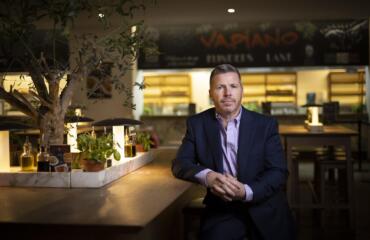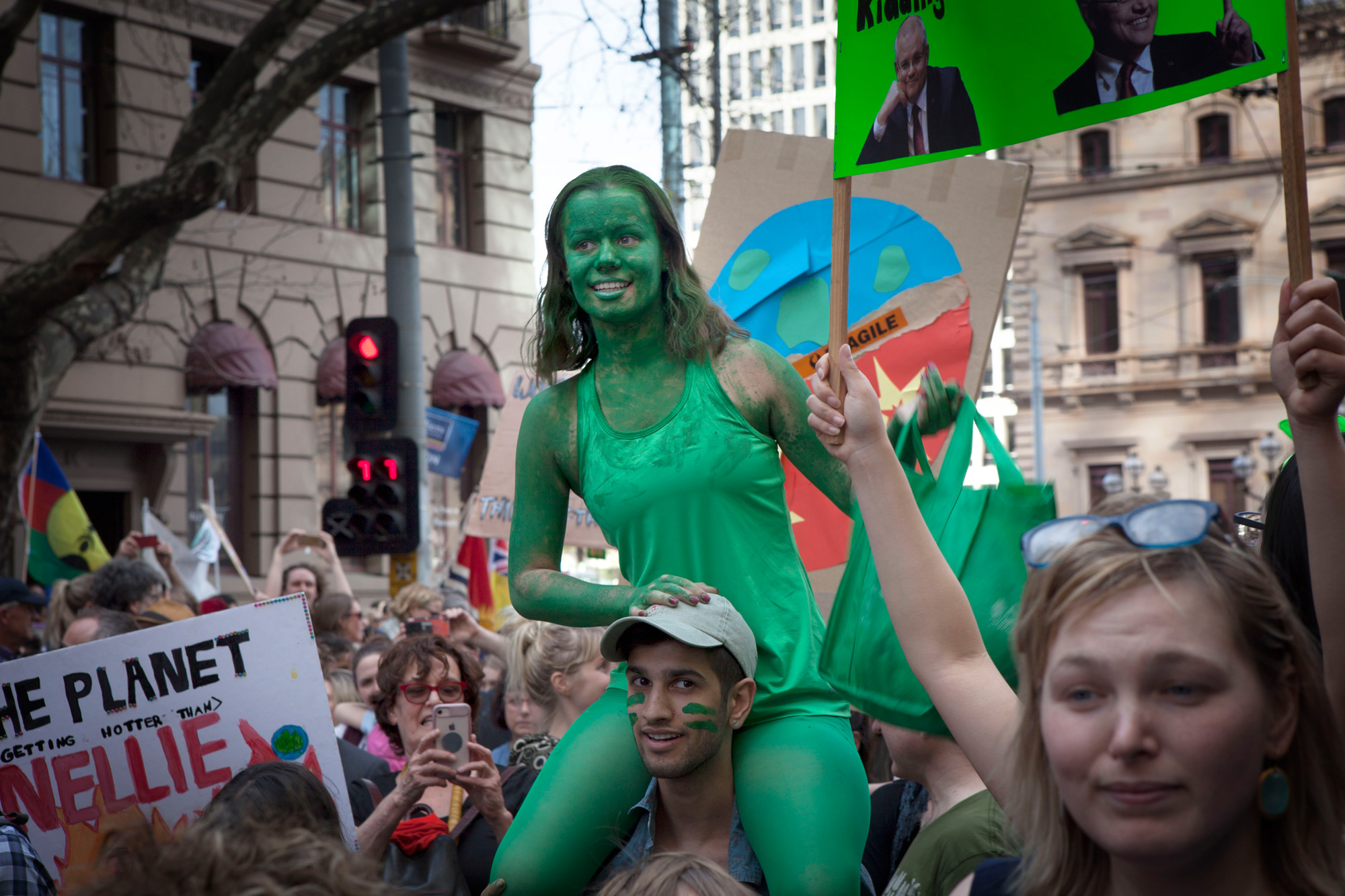‘We need to tell the people in Pakistan about climate change, and there is a gap. Most research in media studies is from a Western point of view. These things inspired me to do something. Why not develop a new theoretical framework that is a beam of light, a guide.
I conducted interviews with 51 journalists residing in six different provinces of Pakistan — different cities, different ethnicities. The journalists speak different languages and are working with different media outlets — local, national, English-language, Punjabi, Urdu. Some of them are working for the BBC; others for public sector television, different news media outlets, radio. They are environmental journalists or report on development issues. So, this was a comprehensive sample.

People are generally media-addicted in Pakistan. We have more than 100 news channels. There is a lot of media sensationalism, a focus on the spicy, crispy story. If there is breaking news, you will see people running asking ‘what is the breaking news?’
In Pakistan, climate change issues are at the bottom; they are not the priority for either media or the government. Very few journalists are writing on climate change. When I asked my interviewees about climate change, many laughed. It is not the hot topic; the hot topic is politics and terrorism.
Pakistan carries almost all the signs of climate change, such as floods, glacial melting, water shortage, food shortage, destroyed crops, sudden rains. We are facing extreme heat and extreme cold. Yet there is little interest in the issue of climate change.
In my research, I extend the vision in media sciences of climate change as a globalised risk, which exists across borders, to say that climate change is a cosmopolitan risk because it exists everywhere.
It is a cosmopolitan risk because of its similarities around the world — the same sufferings, same causes, same impact, same signs, issues and debates. Everyone is directly or indirectly involved in it. All scales from local, global, national to regional are interconnected. For example, floods and rising temperatures are experienced at a local level but have global causes.
In climate change news story production there are different ʻloopsʼ, which consist of actors and their interactions. If a journalist has to write a news story, and he sees an event is going to take place, the journalist and scientist form a loop.
I coined the word scalerisation, which means different scales of interconnectivity. The interactions that occur include physical, digital and physico-digital, where both physical and digital interactions are present. These scales start from the local level and, if more and more people are connected, they become national, then regional, then global.
The media ecology has completely changed and news is produced in different ways. Information is coming across borders. Journalists are using the internet, social media.
For example, in Pakistan, the journalists don’t believe the local scientists, they believe the global scientists. They call them, they email them, they talk on Facebook or Twitter, and they get information.
If a Pakistani journalist is told that 60 people died in a flood, he will not believe the national government. He will go to CNN, BBC, Australia’s ABC and he will verify. Sometimes, also, they verify the international source from a local source.
The journalist is now a cosmopolitan actor; he is no more a national actor, a local actor. He is a cosmopolitan actor because of his interaction with different types of actors physically and digitally.
In climate change news story production there are different ʻloopsʼ, which consist of actors and their interactions. If a journalist has to write a news story, and he sees an event is going to take place, the journalist and scientist form a loop.
As a result of his interaction, he will get the idea to produce a climate change story. Everything occurs through loops. This is how stories are produced and finally communicated to the people.
To handle collectively the risk of climate change, we need interaction. The more you have interaction, the more you are going to resolve this issue.
The public in Pakistan is not demanding climate change stories because there is not the awareness of the issue. If you have awareness, then you will create the demand. You just have to start a process, but in Pakistan this hasn’t started yet.
In Pakistan, people know that the weather is changing but they don’t say that it is climate change. Then, how are you going to implement the adaptation and mitigation measures?
Who is going to sponsor this story? Non-government organisations in Pakistan are often corrupt and the state machinery is not working correctly. Instead, foreign bodies should give funding to the media directly so that they sponsor programs and documentaries on climate change.
These private media houses, if targeted, will ensure then that climate change content will be improved. They will provide coverage and, when the coverage increases, definitely it will influence people.
The public in Pakistan is not demanding climate change stories because there is not the awareness of the issue. If you have awareness, then you will create the demand. You just have to start a process, but in Pakistan this hasn’t started yet.
Everyone has to face climate change. This is a future, globalised, risk. Now, I can say, cosmopolitan risk, instead.’
► Kasim Sharif’s thesis is titled: ‘Climate change journalism in new frameworks of cosmopolitan relational ‘loops’: a case study of local journalistic practice in Pakistan.’
* My PhD is an irregular series in which The Citizen speaks with recent Melbourne University PhD graduates.



